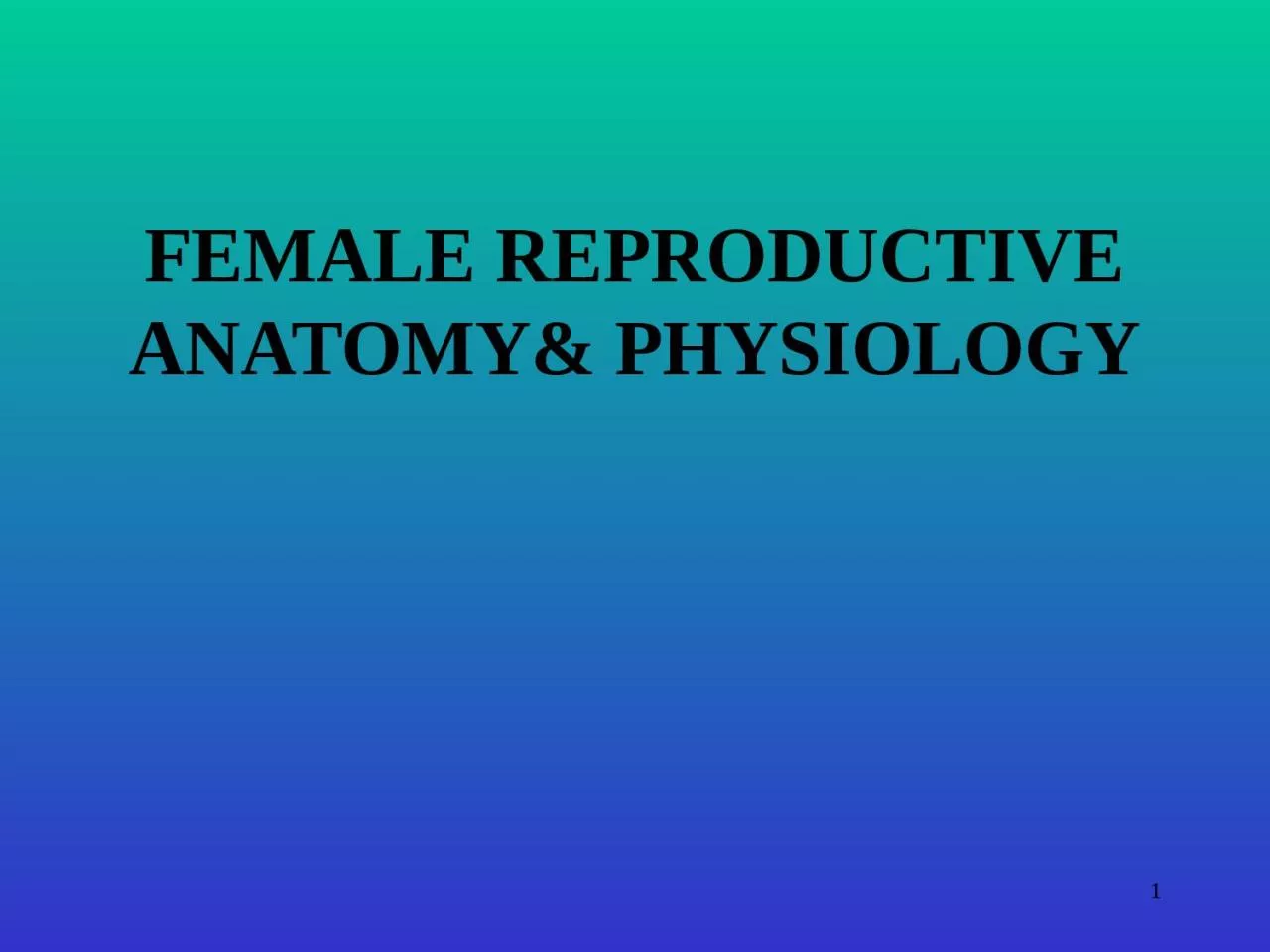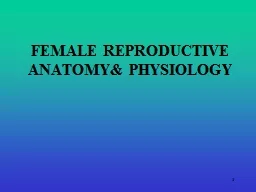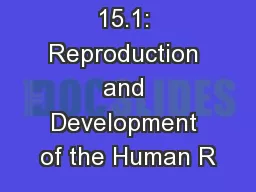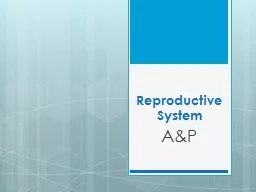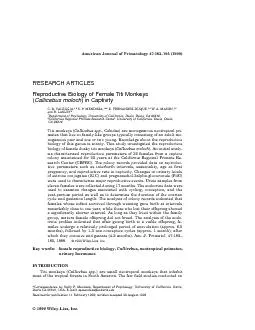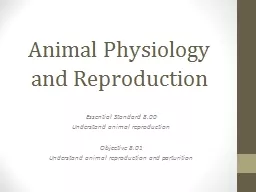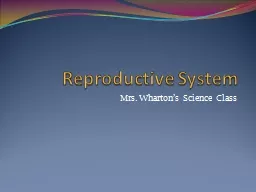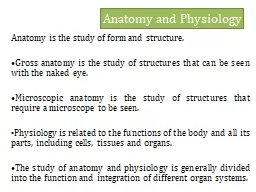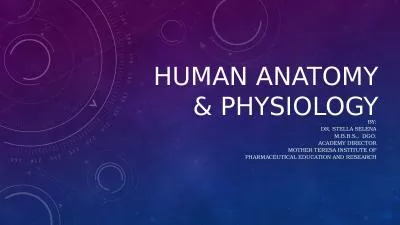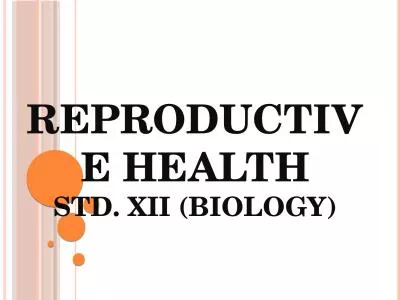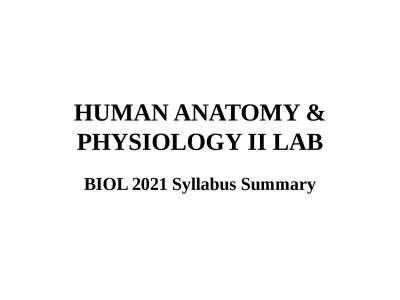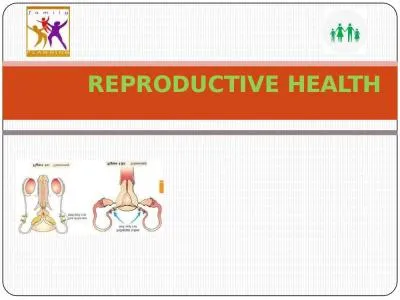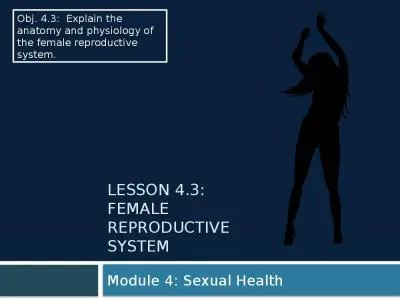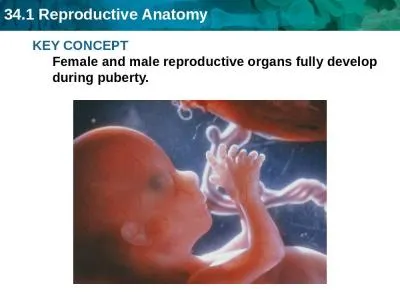PPT-1 FEMALE REPRODUCTIVE ANATOMY& PHYSIOLOGY
Author : margaret | Published Date : 2024-01-13
2 Objectives by the end of this session students will be able to Identify parts of female reproductive system Discuss functions of each part Recognize female sex
Presentation Embed Code
Download Presentation
Download Presentation The PPT/PDF document "1 FEMALE REPRODUCTIVE ANATOMY& PHYS..." is the property of its rightful owner. Permission is granted to download and print the materials on this website for personal, non-commercial use only, and to display it on your personal computer provided you do not modify the materials and that you retain all copyright notices contained in the materials. By downloading content from our website, you accept the terms of this agreement.
1 FEMALE REPRODUCTIVE ANATOMY& PHYSIOLOGY: Transcript
Download Rules Of Document
"1 FEMALE REPRODUCTIVE ANATOMY& PHYSIOLOGY"The content belongs to its owner. You may download and print it for personal use, without modification, and keep all copyright notices. By downloading, you agree to these terms.
Related Documents

